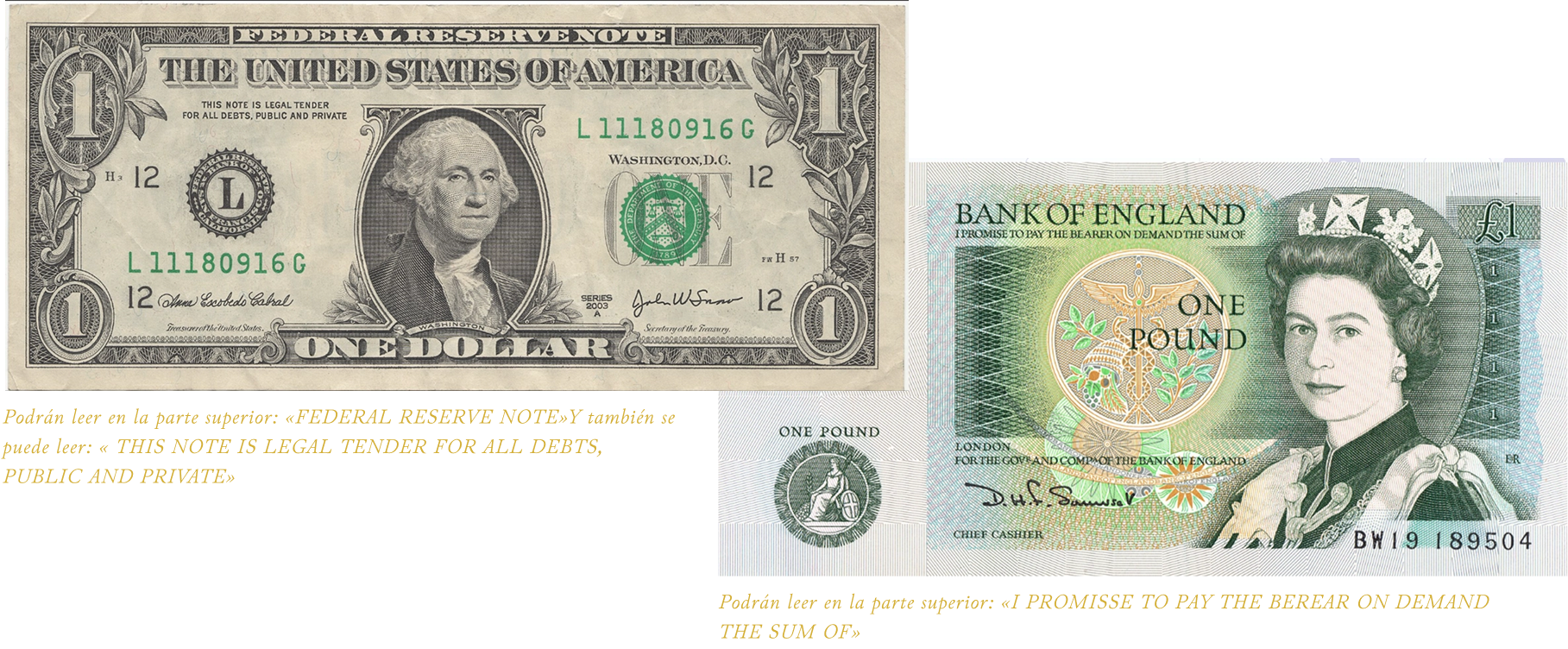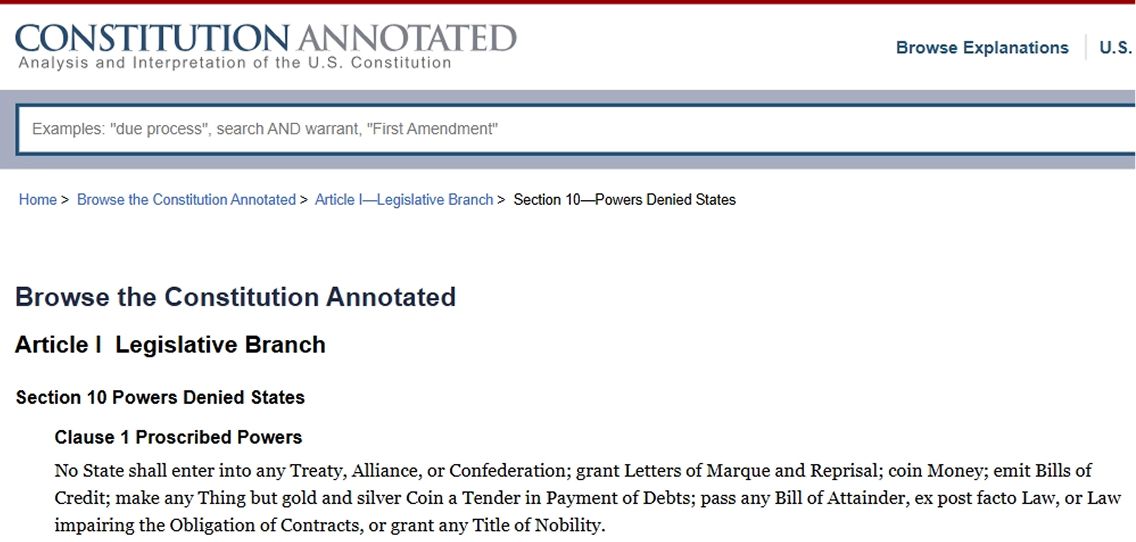

A bit of history

Over time, it has been proven that both gold and silver have been part of commercial exchange. The gold standard system was first modeled as such in 1752 by David Hume.
Hume’s model itself was not very successful for four main reasons:
- The limited involvement of the banking system in the theoretical explanation;
- The omission of interest rates;
- The omission of international capital flows;
- And because, in reality, the flows of gold between countries were very limited, since once central banks had placed imported gold into their reserves, they were very rarely willing to transfer it to other banks.
It was the British government itself who, after World War I, through the Cunliffe Commission, refined David Hume’s model, with the key characteristic that what was transferred between banks was not gold, but paper money. This led to more paper money being printed than could be backed by the countries’ gold reserves.
The gold standard monetary system was abandoned in the years following the Great Depression of 1929, with Great Britain being the flagship of this system.
After World War II and the 1944 Bretton Woods Agreement, the International Monetary Fund and the World Bank were created. From this came a system of international and collective currency exchange that required the linking of currencies to the U.S. dollar, which in turn was linked to the price of gold.
However, the Bretton Woods Agreement was suspended in 1971 by President Richard Nixon, and currently, no country uses the gold standard.
Since then, all legal tender currencies used by Corporations have the value given to them by their issuer and user, so their value is ultimately intrinsic trust. It is important for everyone to know that any legal tender currency is nothing more than a negotiable instrument issued by a Corporation, in the form of a Promissory Note.


Given such evidence, we can see who is truly acting — whether it is the State or the Corporation.

